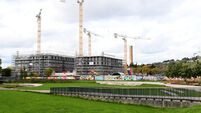Cork City’s derelict buildings reveal true cost of housing inequality
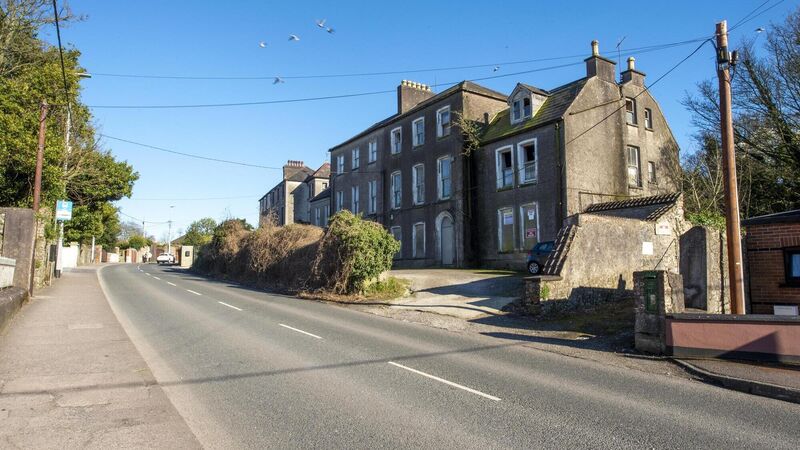
Dereliction has become widespread in Cork. Picture Dan Linehan
Ireland has an inequality problem that’s visualised through the disgraceful amount of vacant and derelict buildings in every village, town, and city in the country.
This drains value from the community by creating private wealth for a few and public squalor for everyone else. It keeps properties off the market, driving up prices and rents, and leaves many without a home.
For over three decades, successive governments have prioritised market-driven housing solutions, but these have failed to deliver secure, affordable or even safe homes for everyone.
So, it’s no surprise that they have failed to address the inherited market incentives to manufacture scarcity thorugh vacancy and dereliction.
Yet the tide is turning. A new cultural will to change things has been ignited by the #DerelictIreland movement. ‘A Tweet that Got the Nation Talking’ as Eoin English summarised it.
#DerelictIreland started with a single tweet of a derelict building nearly five years ago and became a year-long Daily Dose of Dereliction. This combined with our inaugural report ‘This is DerelictIreland’ kick started a national movement.
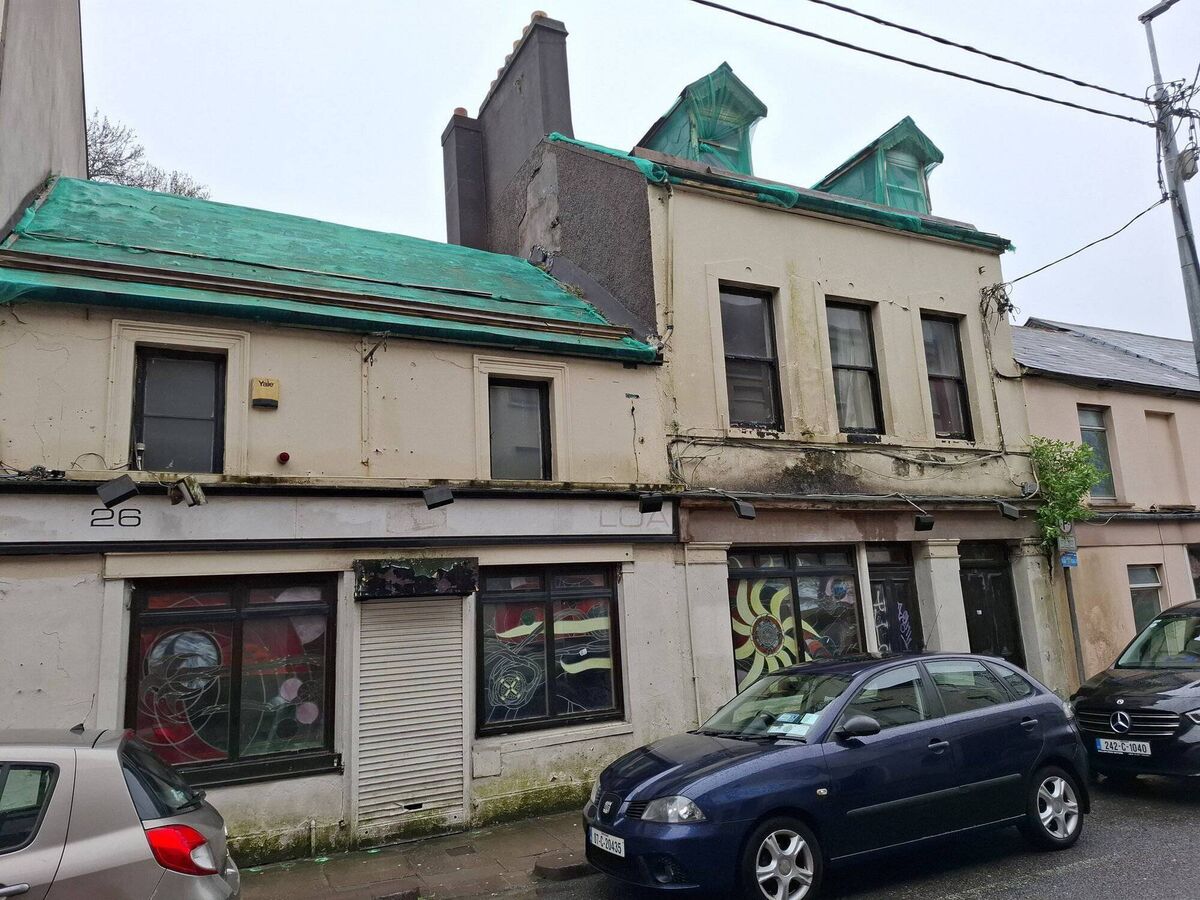
This soon snowballed into a community of thousands of people sharing images under #DerelictIreland, reporting derelict buildings to their local councils and raising it on doorsteps during last year’s elections.
Art and festivals of dereliction have become the norm, a taskforce were set up in Drogheda, ‘Eyesore of the Year’ awards launched in Sligo, and there’s an annual dereliction conference in Letterkenny.
The #DerelictIreland movement has featured on all national TV and radio stations, in national newspapers and on many, many podcasts. This media attention has extended to overseas with coverage across Europe while our infamous walking tours have even featured in the New York Times. Crucially the movement has resulted in changes in policy, practice, protest and has changed our cultural relationship with our built environment forever.
Due to pressure from the #DerelictIreland movement many councils have finally started to enforce the 35-year-old Derelict Sites Act. For instance, registration of derelict properties has increased in Cork City from 95 in 2020 to its current 196.
However, our research identified over 700 derelict properties within 2km of Cork city centre, a smaller radius than the full city boundary. Of these, we currently estimate 73% are still in a derelict/vacant state, showing that the official registration system is still missing hundreds of derelict properties.
Cork City Council has also increased its collection of the Derelict Site Levy but it is still only a 76% collection rate as reported by Amy Campbell in the Echo in January.
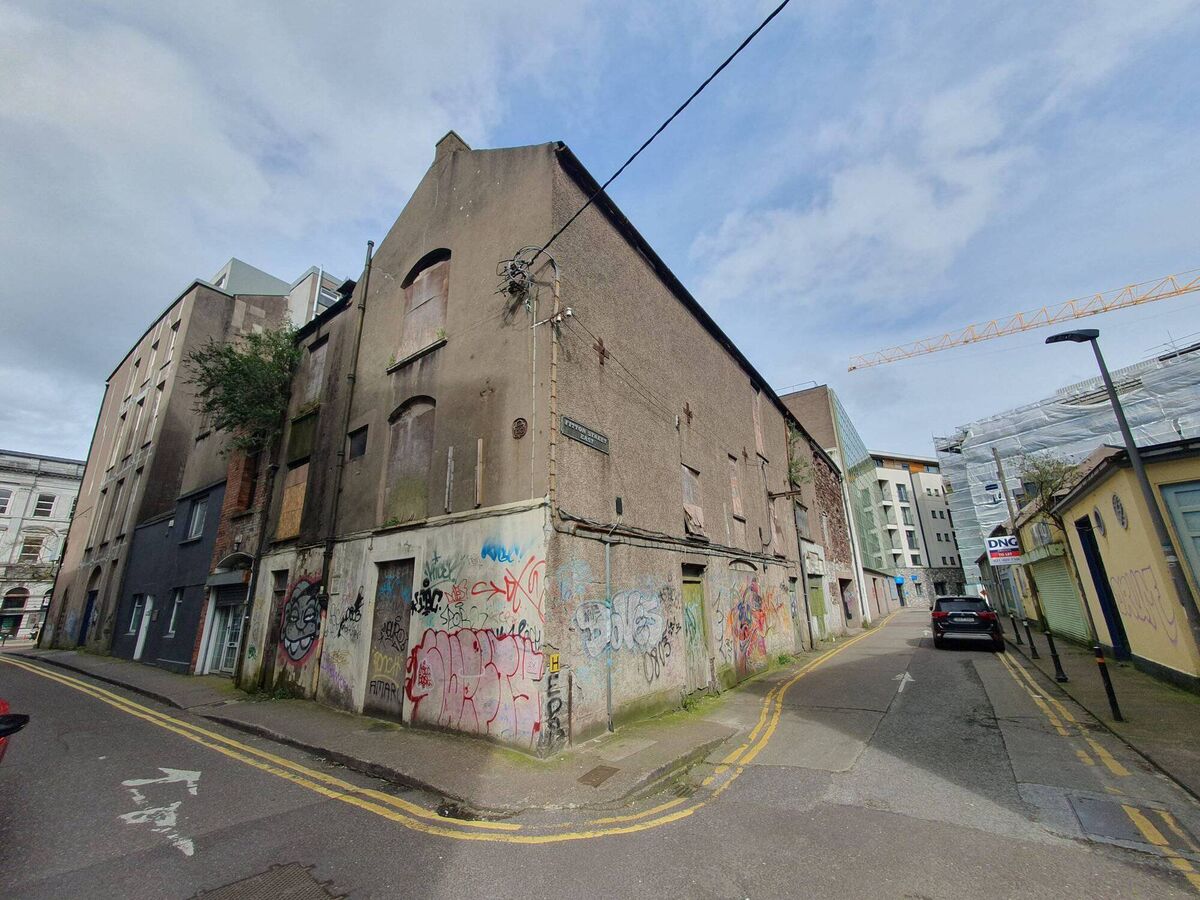
In 2018, Cork City issued 70 court summonses for business who failed to pay their rates , so why haven’t they done the same for the Derelict Sites Levy.
Moving forward we recommend that Revenue is tasked with collection of this levy freeing up council staff to focus on other aspects of enforcement. Repeat this across the country and local councils could be receiving hundreds of millions which they could reinvest back into their communities and public services.
It must be emphasised that Cork City Council is doing better than most councils, momentum is building from a stronger foundation. Saying that, they are lagging beyond the country’s leader, Limerick Council, as recently case studied by the Housing Agency.
Walking around Cork City we see first-hand the impacts of stronger enforcement with more council notices on derelict sites. We also see empty and derelict buildings being renovated, such as pubs, shops and offices which no longer require planning permission to be converted into homes.
Perhaps some of this activity is spurred on by the €50-75K Croí Cónaithe grant that was introduced in 2022. This after a year of weekly media attention on the #DerelictIreland movement.
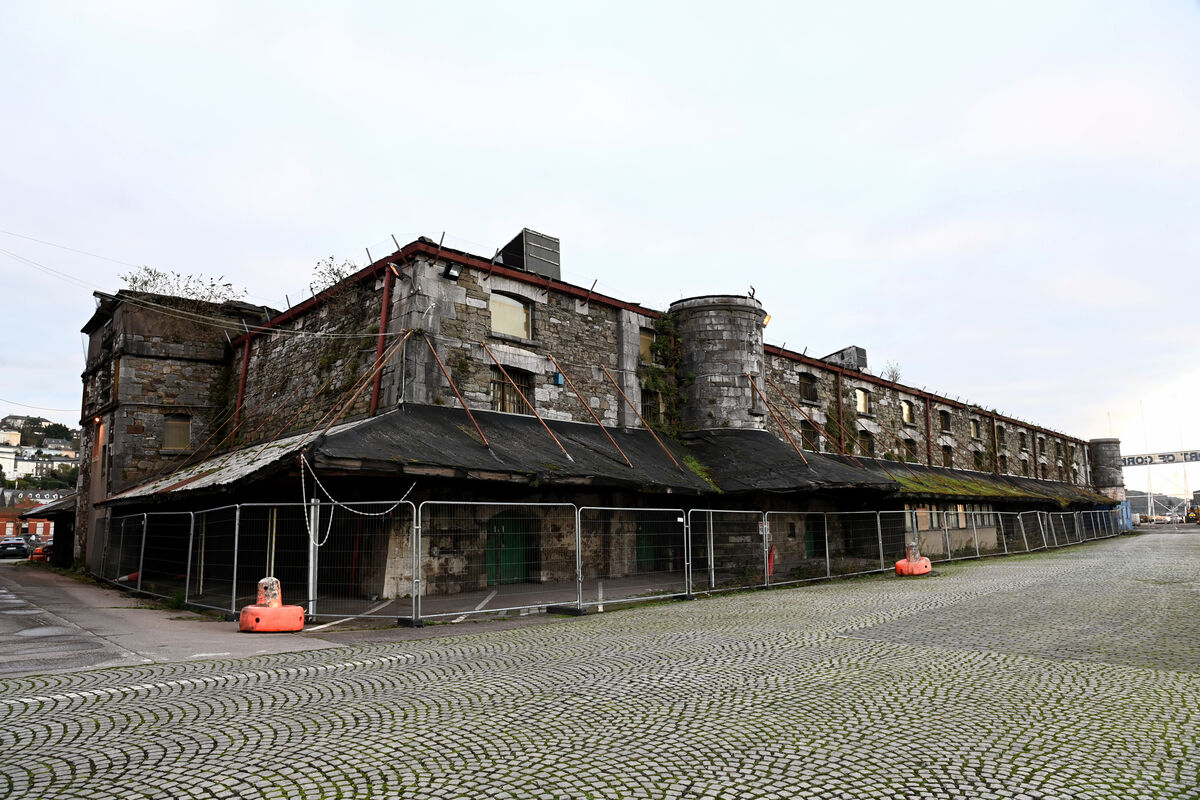
On a more negative note, we’ve also seen non-registered derelict sites go up for sale advertising these grants, potentially further pushing up sales prices.
We’re also concerned that owners could simply leave a home empty for two years just to get the €50k grant (aka free money). Throw in additional existing tax breaks and rent cap exemptions when a home is left empty, and you begin to see the risk that vacancy is being incentivised.
When you also consider that the Vacant Home Tax was designed to fail (as we predicted in 2022 ), taxing just 3,000 homes compared to the 11,000 homes seeking the grant. We have to ask is it fair to socialise the costs of removing dereliction while privatising the profits for the hoarders?
The reality is that using existing vacant and derelict buildings is the quickest, cheapest, and most sustainable way to create more homes in every city, town and village in Ireland. We are calling on the new government to think beyond the confines of merely financial and planning changes.
Just before the election, we released a report proposing 15 system solutions that includes Compulsory Sales Orders, Compulsory Rental Orders and Citizen Rental Orders (aka squatting) as well as free DIY training, mental health supports and state heritage insurance schemes.
Through the #DerelictIreland movement and community we have proved that there is a now a cultural will to solve dereliction. The pressing question now is whether the government will listen and create the much-needed political will?
We live with dóchas.
Frank O’Connor and Jude Sherry are architects and campaigners and the driving force behind the #DerelictIreland movement




